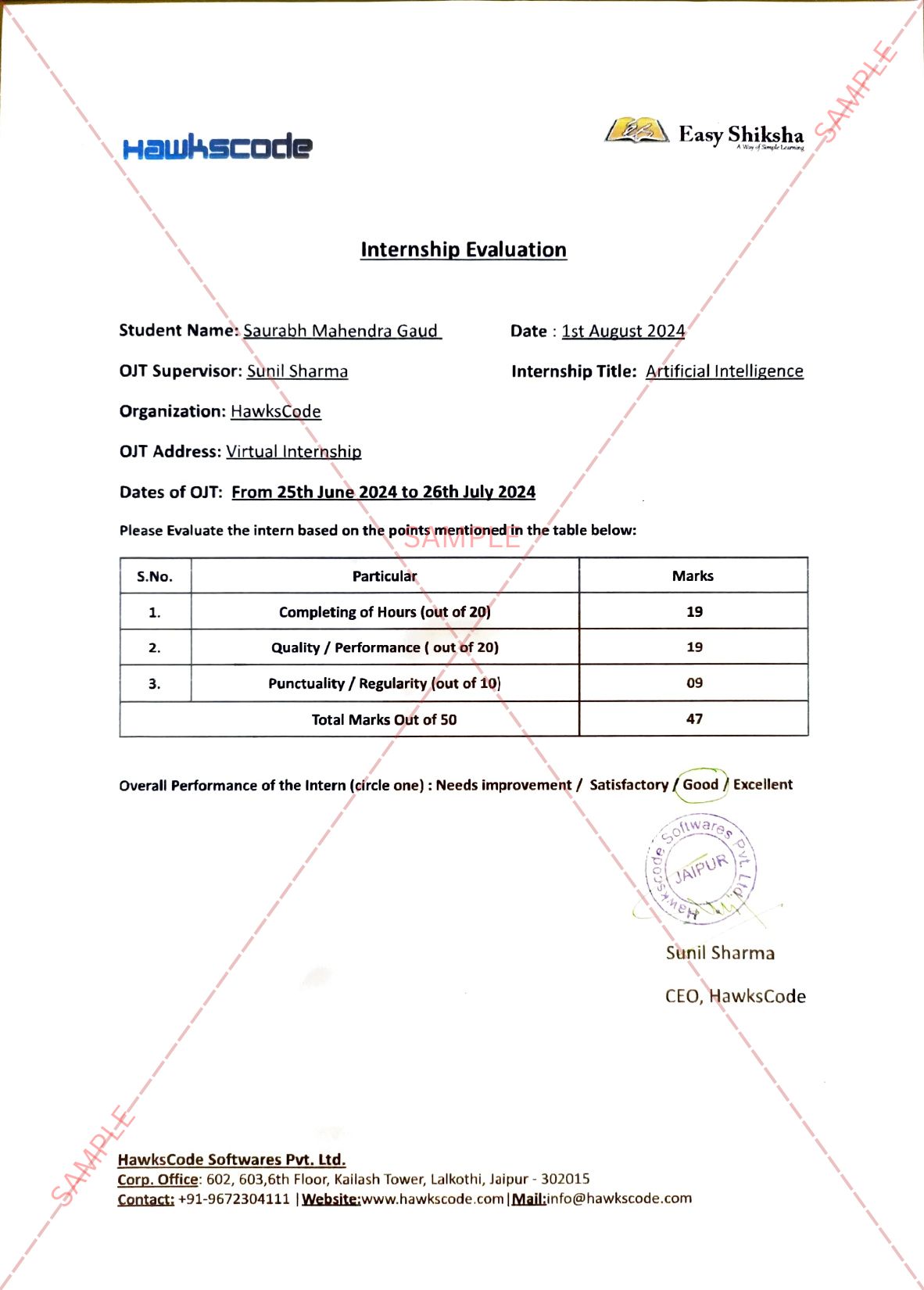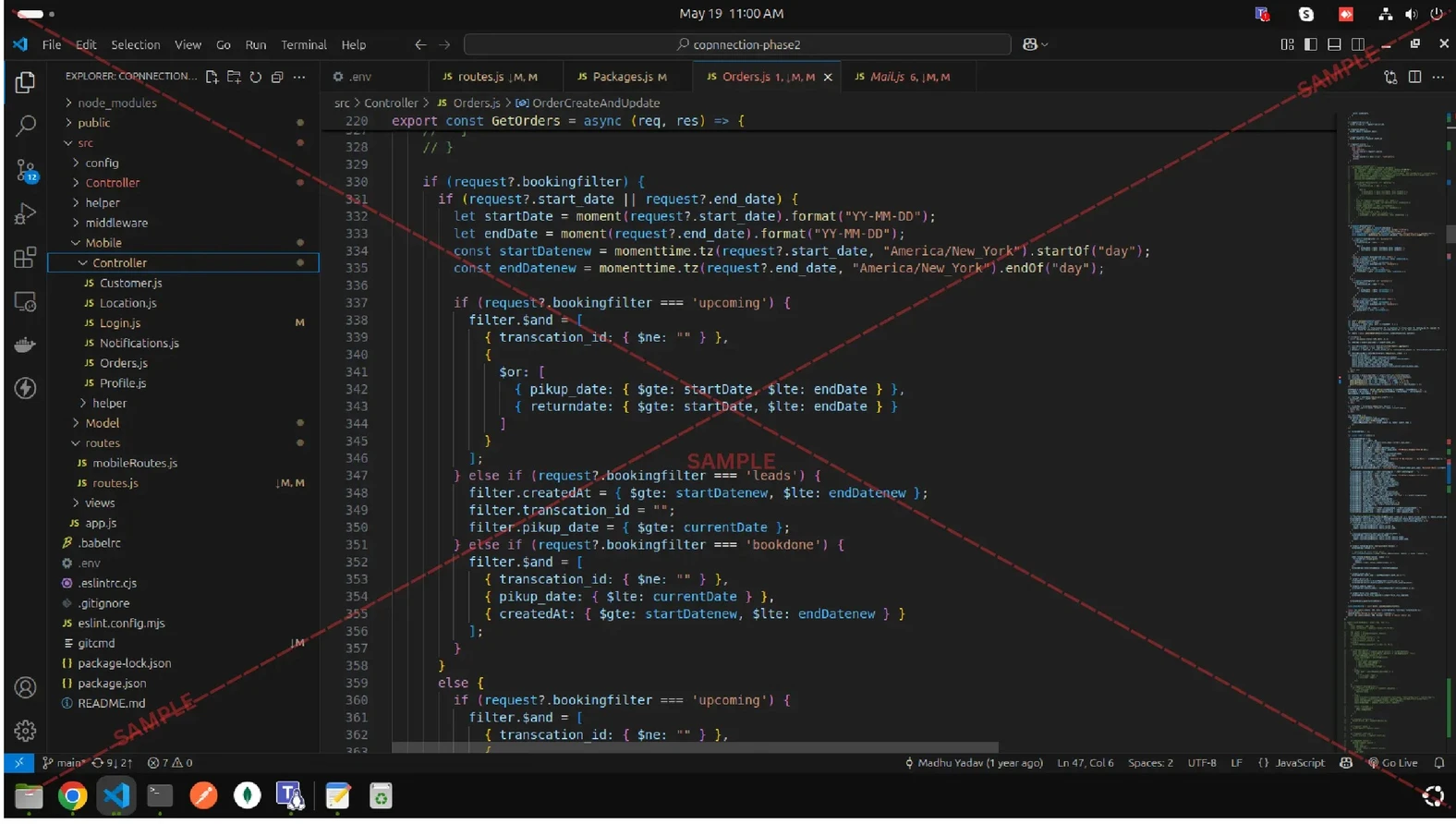Description
Burping and Feeding Your Infant
You might be unsure about how frequently to breastfeed or bottle-feed your child. In general, it is advised to feed babies whenever they appear hungry, or on demand. Your infant may cry, put his or her fingers in their mouths, or make sucking noises as a cue to you.
A newborn infant need feedings every two to three hours. Give your infant the chance to nurse for roughly 10 to 15 minutes at each breast if you’re breastfeeding. Your infant will likely consume two to three ounces (60 to 90 millilitres) of formula at each feeding if you are formula feeding.
To make sure they feed enough, some infants may need to be awakened every few hours. If you need to wake your infant frequently or if they don’t seem to be interested in sucking or feeding, call the doctor.
It is simple to check that your kid is eating enough when you use a formula, but nursing presents some challenges. Your baby is most likely getting enough food if he or she appears full, changes approximately six diapers, passes several stools, sleeps soundly, and gains weight consistently.
Observe whether your breasts feel full before feeding your baby and less full after feeding to determine if your baby is getting milk. If you are worried about your child’s development or eating schedule, talk to your doctor.
During feedings, babies frequently swallow air, which can make them irritable. Burp your child frequently to aid in preventing this. If you bottle-feed or breast-feed, try burping your child after 2-3 ounces (60-90 millilitres) or whenever you switch breasts.
Try burping your infant after each ounce when bottle-feeding or every five minutes when breastfeeding if they frequently have gas, have gastroesophageal reflux, or seem fussy during feeding.
Try these burp tips:
- Hold your baby upright with their head on your shoulder. Support your baby’s head and back while gently patting their back with your other hand.
- Place your baby on your lap. Support your baby’s chest and head with one hand by cupping your baby’s chin in your palm and placing the heel of your hand on your baby’s chest (make sure to grasp your baby’s chin – not their neck). Gently pat your baby’s back with your other hand.
- Place your baby face down on your lap. Support your baby’s head, making sure it’s higher than their chest, and gently pat or rub their back.
If your baby doesn’t burp after a few minutes, change the position of the baby and try burping for a few more minutes before feeding again. Always burp your baby when feeding time is up, then keep them in an upright position for at least 10-15 minutes to avoid spitting up.
You might also like
Parenting Updates: Subscribe Now!

ALL UPDATES
Go from pregnancy to adolescents with our email bulletins, loaded with reasonable, modern data about bringing up youngsters and taking care of yourself as a parent.
SUBSCRIBE NOW
MOVIE REVIEWS
Find the best motion pictures for your family with our youngster amicable surveys. Search new deliveries and more seasoned motion pictures by age, rating and type.
SUBSCRIBE NOW
MENTAL HEALTH RESOURCES
Is it safe to say that you are an expert working with families? Get data about kid, adolescent and parent psychological well-being and prosperity.
SUBSCRIBE NOW











































